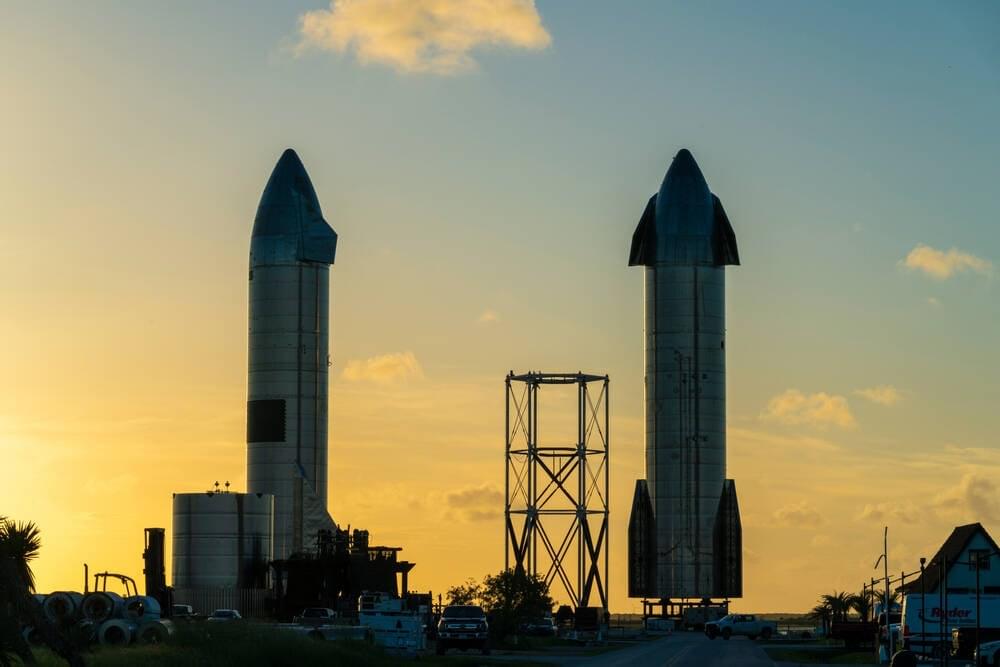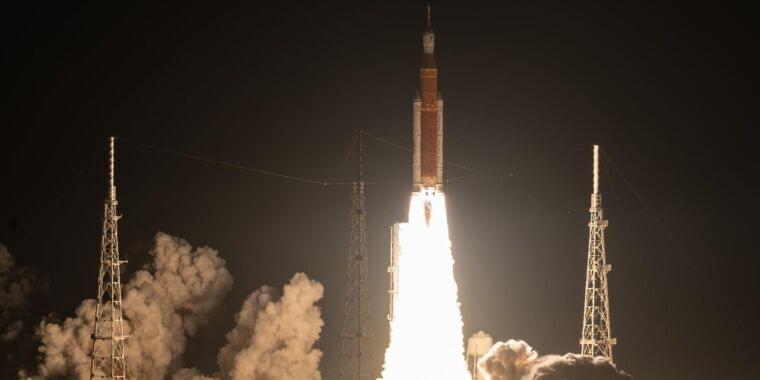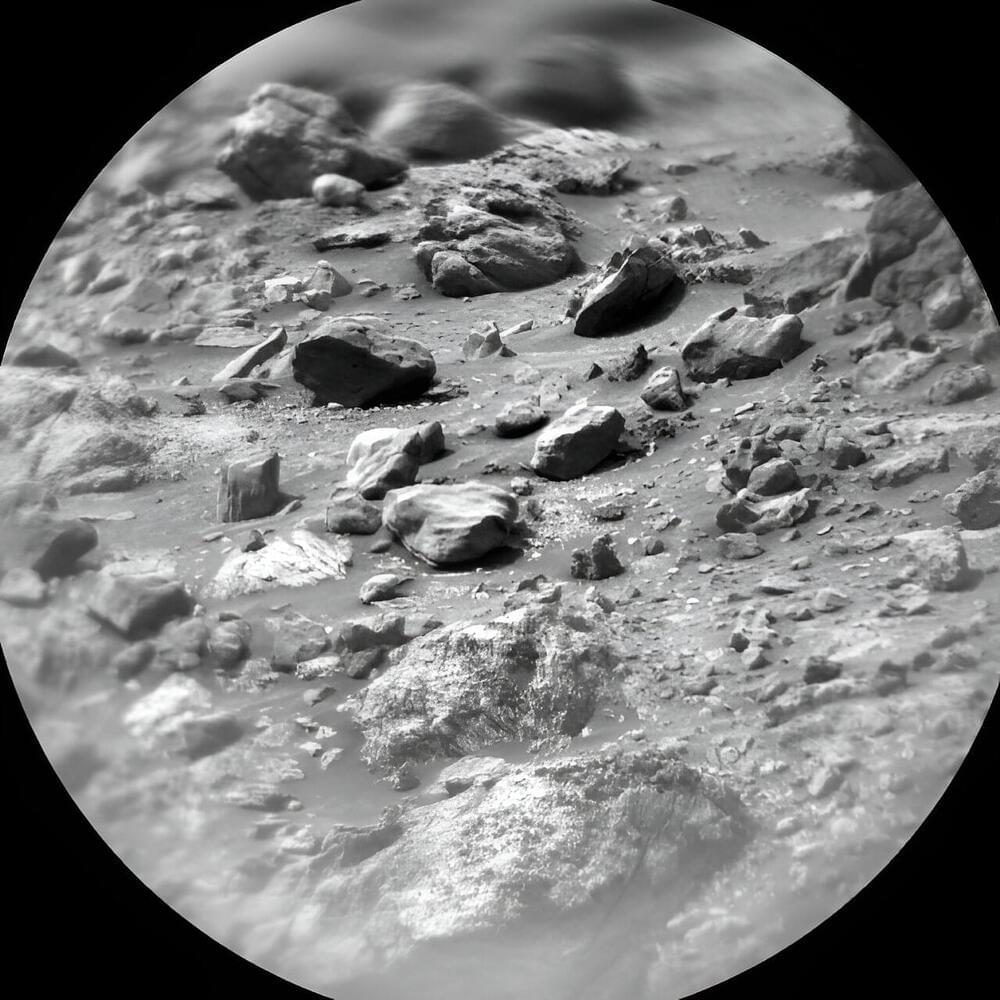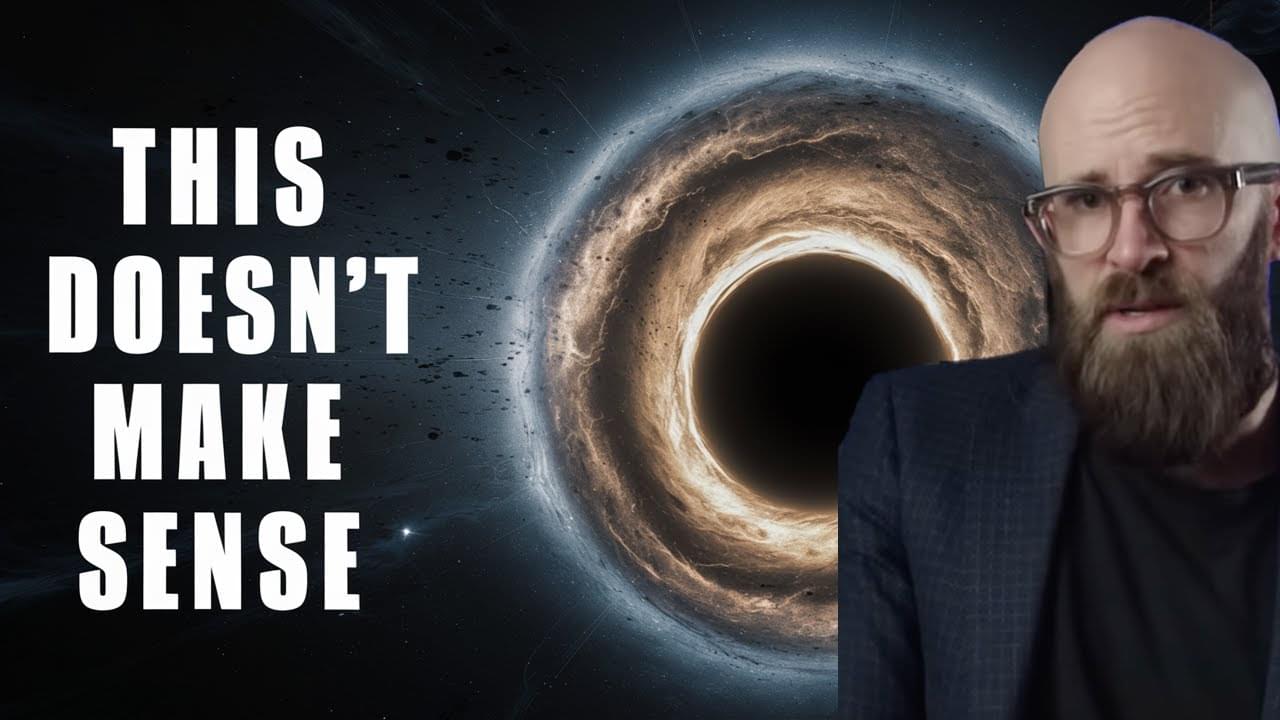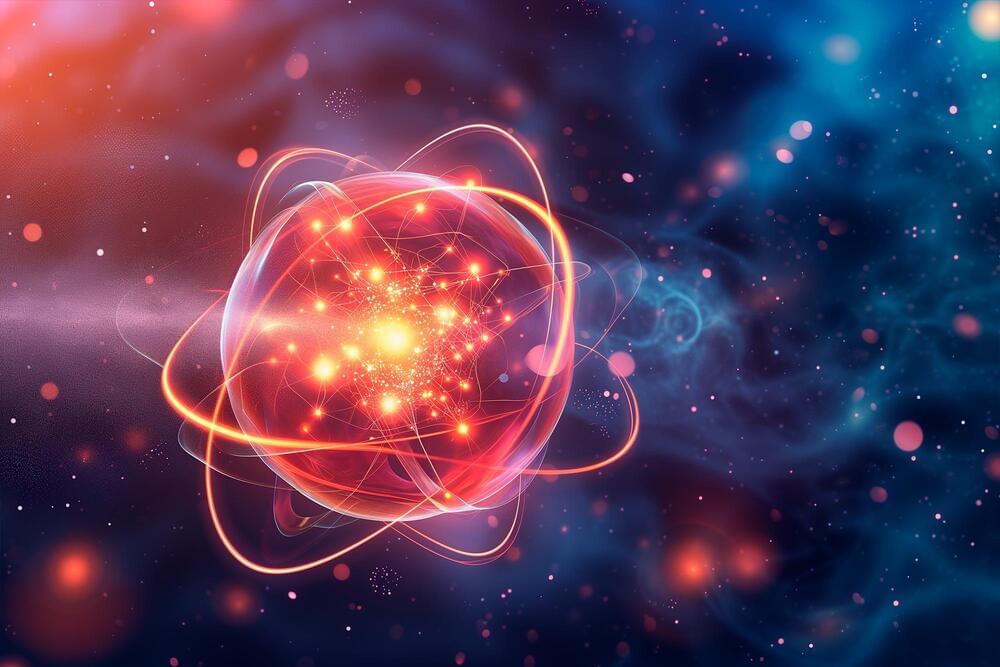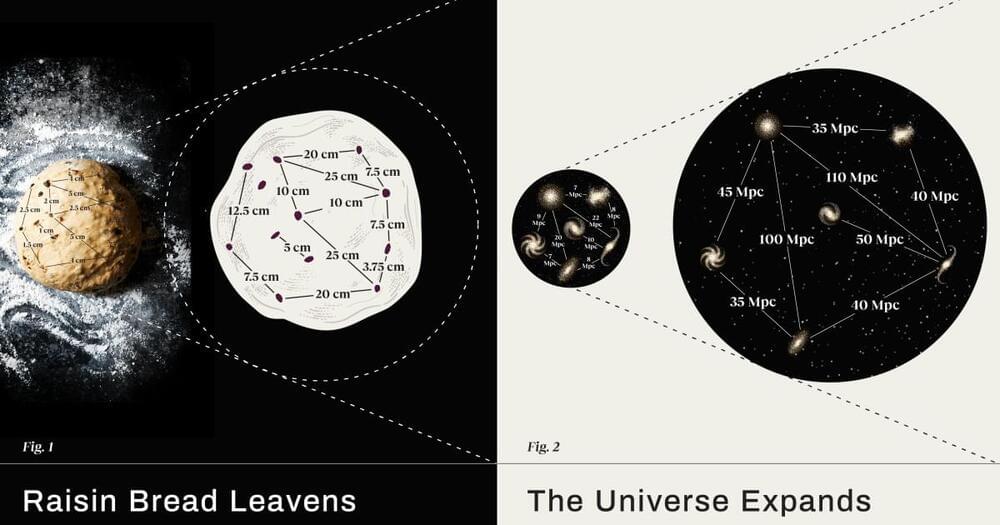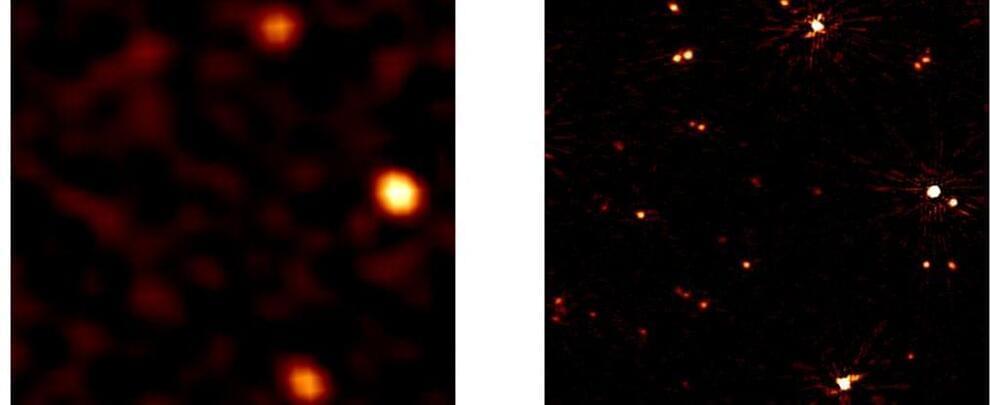May 11, 2024
SpaceX set to rock Florida with bigger Starship launches
Posted by Dan Breeden in categories: Elon Musk, space
SpaceX’s Starship is coming to the Kennedy Space Center in Florida – and its plan to use the launch facility means the Federal Aviation Administration will probe the potential environmental impact of Elon Musk’s most powerful rockets blasting off the US East Coast.
NASA’s Environmental Assessment (EA) for the whole affair was completed in September 2019. The potential environmental impact of constructing and operating the site for Starship Super Heavy vehicles was considered, and a Finding Of No Significant Impact (FONSI) was made.
However, that was for approximately 24 Starship Super Heavy launches per year. According to the FAA, SpaceX’s latest proposal would involve constructing the necessary infrastructure to support up to 44 launches per year.
